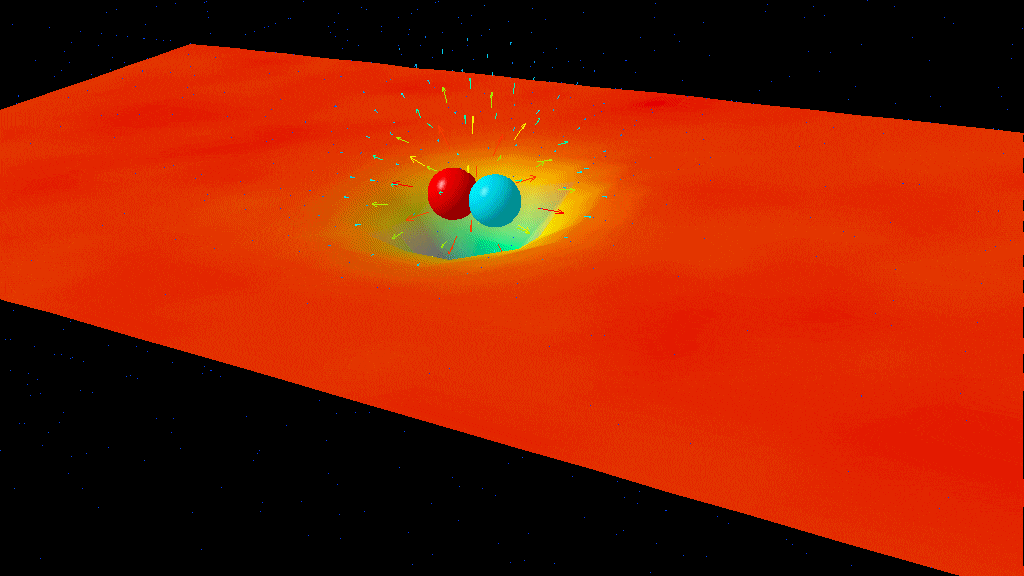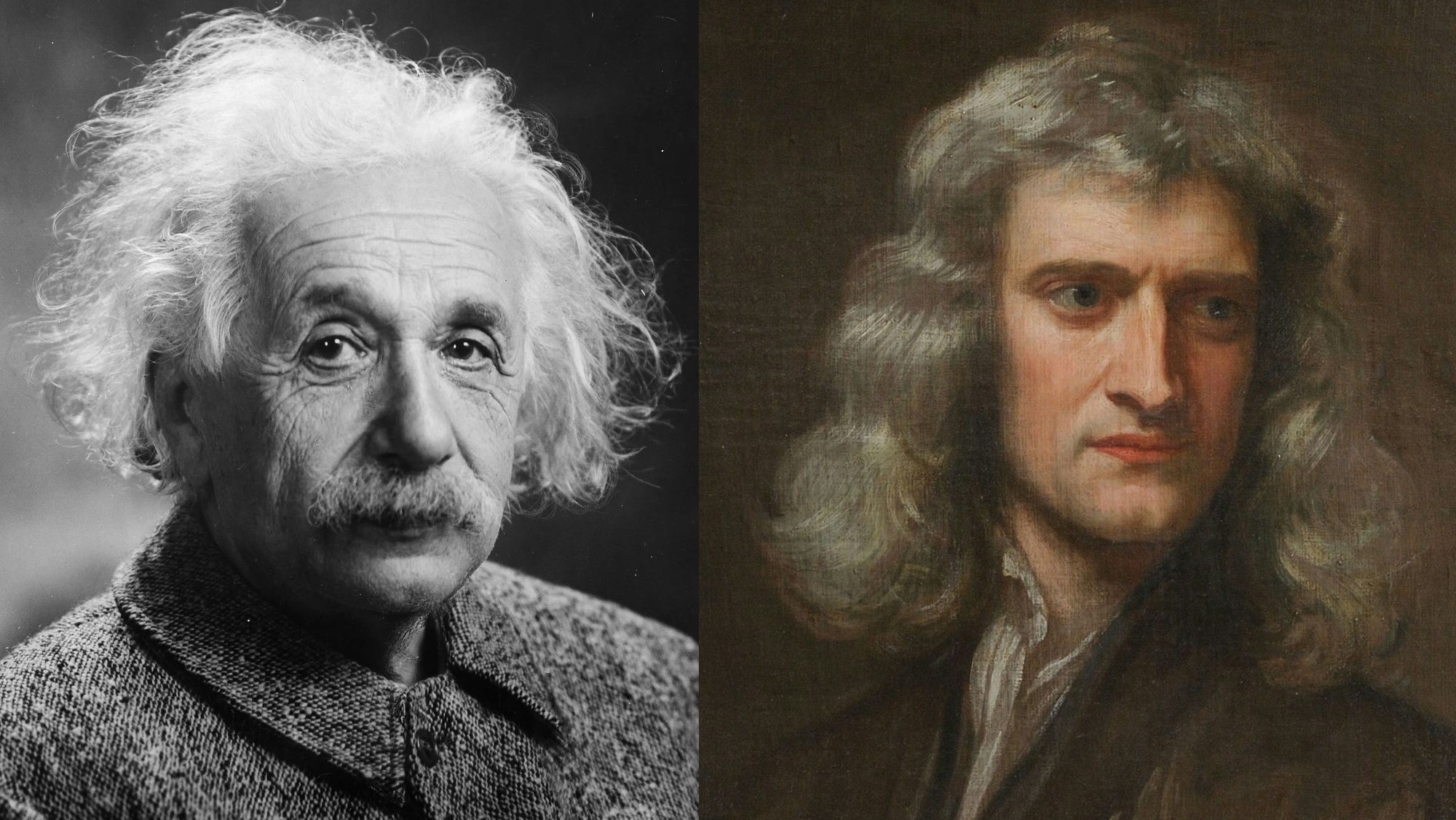Ask Ethan: Why isn’t Richard Feynman your personal hero?

- When it comes to achievements in 20th century physics, it’s hard to find a more towering figure than Richard Feynman, whose contributions remain vital to physicists even today.
- From gravitational waves to quantum electrodynamics to solving the puzzle of why the Challenger exploded, Feynman not only accomplished much, but was a tremendous teacher as well.
- However, there are a great many traits about Feynman that are to be disdained, not praised, and too many people praise them anyway. Feynman was a great physicist, but a hugely flawed man. Here’s why.
The 20th century, among the many other things it brought to humanity, brought with it a series of revolutions about the Universe. Newton’s gravity was replaced with Einstein’s general relativity: a theory that has withstood every challenge for over a century. The quantum revolution occurred, replacing a deterministic picture of reality with an indeterminate one for particles. Later on, the notion of fields was replaced with quantum ones as well, showcasing just how bizarre reality truly is. Vital figures in those developments — such as Einstein, Planck, Schrodinger, Heisenberg, Pauli, Fermi, Bohr, Feynman, Gell-Mann, Hawking, Weinberg, and many others — have become legendary, not only among physicists and physics students, but to the general public as well.
So why, then, don’t I, personally, esteem these figures as highly as so many others do? That’s what Bert Schuhmacher wants to know, and what he wants to know specifically about Richard Feynman, asking:
“Thank you for all your explanations about the cosmos. They are of high quality and contain comprehensive knowledge. I have never found any nonsense in your works. But: It seems to me that you have a somewhat ambivalent relationship with R. Feynman. Is there a deeper reason for this?”
It isn’t because I don’t admire or respect the advances that they brought about, nor because I think others could have done an equally good or even superior job. But I don’t see these (often deeply flawed) individuals as heroes worthy of worship, but rather as human beings who were very good at one particular thing, and not necessarily as people you’d want in your (or someone you care about’s) life. It might not be what everyone wants to hear, but here’s the truth about my opinion on Richard Feynman.
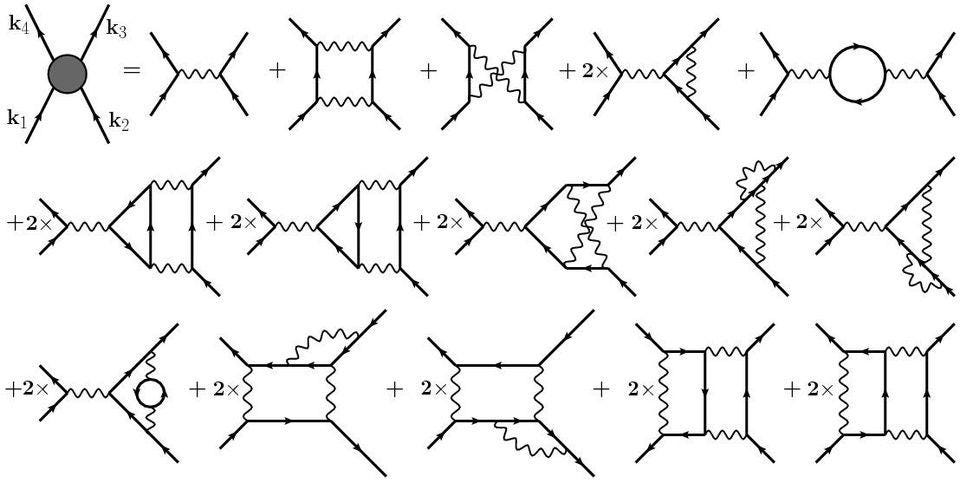
From a scientific point of view, there’s a tremendous amount to admire about Richard Feynman. Feynman was born in New York City in 1918: the same as me, except 60 years earlier. His father was a Jewish immigrant from the Russian Empire who came through Ellis Island, just like several of my great-grandparents. By the time Feynman completed his undergrad work in 1939, World War II had already begun in Europe, but Feynman was still able to attend graduate school at Princeton after attaining a perfect score on the entrance exams. By 1942, he completed his PhD dissertation, “The Principle of Least Action in Quantum Mechanics,” which would pave the way for his path-integral formalism and the development of quantum electrodynamics: our modern quantum field theory for light and electrically charged particles.
Feynman then married his longtime love, Arlene Greenbaum, just weeks after his graduation. (Princeton grad students were forbidden to marry at the time!) Arlene was ill with tuberculosis, a then-incurable disease. As part of the war effort, Feynman was relocated to Los Alamos where he participated in the Manhattan Project and, despite playing only a minor role, helped develop the first atomic bombs. Arlene died in June of 1945; Feynman then directly observed the Trinity Nuclear test a month later, a story which he famously recounts in his autobiography, “Surely you’re joking, Mr. Feynman.”

Feynman then moved to Ithaca, New York, where he became a professor of physics at Cornell. During conferences in 1947 and 1948, theorists were busy attempting to formulate a consistent, relativistic theory of quantum fields, while experimentalists were busy presenting a series of profound results that the standard quantum mechanics could not explain. These results included:
- the Lamb shift,
- the g – 2 magnetic moment of the electron,
- and the early discoveries of the pi (π) mesons,
and could only be explained if not only the particles that made up reality were quantized, but if the very fields that underpinned reality were quantized as well.
The big question was how to perform this quantization.
With a series of difficult and laborious calculations, Julian Schwinger was successfully able to calculate the leading order contributions to the electron’s magnetic moment. Shinichiro Tomonaga made similar calculations for the quantum electromagnetic field, but Richard Feynman’s approach was entirely different. Using a series of diagrams (now known as Feynman diagrams), Feynman’s approach lacked mathematical rigor, but was able to yield similar results with far fewer steps and much easier calculations. From 1947-1951, a series of papers further developed these mathematical steps, and now Feynman diagrams are used the world over by nearly all physicists who perform quantum field theory calculations. In 1965, Feynman, Schwinger, and Tomonaga were all awarded the Nobel Prize in Physics for these developments.
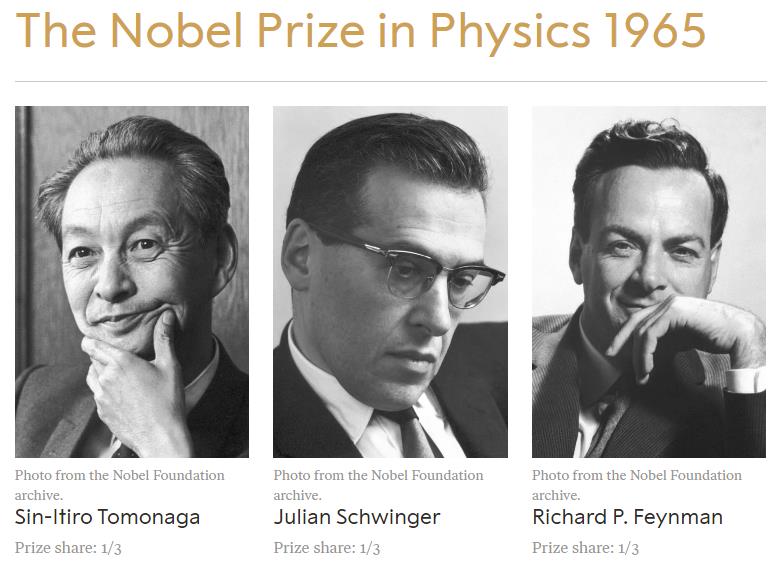
Feynman continued to make enormous contributions to the world of physics. While attending a conference on the topic of gravitation, one of the main points of contention was whether gravitational waves were physically real and carried energy, or whether they were mere mathematical artifacts that held no physical meaning. (The latter of which was Einstein’s opinion!) But Feynman concocted a physical scheme — the sticky-bead argument — that not only demonstrated how gravitational waves carried energy, but provided a mechanism to extract that energy. Some 50 years onward, the LIGO gravitational wave detector leveraged that exact mechanism to detect such waves for the first time.
Feynman later, in the 1960s, co-developed a theory of the weak interactions with longtime friendly rival Murray Gell-Mann: one that combined Fermi’s beta decay theory with parity violation, explaining these phenomena as due to a combination of vector and axial currents. For the strong interactions, Feynman developed a theory (still used today by experimental particle physicists) known as the parton model; today, we recognize that Feynman’s partons are the same particles as Murray Gell-Mann’s quarks. The parton distribution function is still a key tool in the arsenal of many particle physicists.

Feynman made attempts to develop a theory of quantum gravity; his contributions here brought us ghost particles — particles with the wrong spin-statistics connections — that would play a major role in numerous physics theories down the line. In the 1980s, after the Space Shuttle Challenger disaster, Feynman was the one who discovered the faulty O-ring problem that was the critical flaw in the system and the reason behind the explosion, demonstrating on television that the material used for the O-rings weakened when cold and compressed simply by clamping it and immersing it in ice-water. This was later determined, indeed, to be the cause of the mission malfunction.
Feynman was also lauded, during his lifetime, as an incredible teacher. After leaving Cornell and a long stint in Brazil, Feynman settled in Pasadena at Caltech, where his lectures were very popular, especially among advanced students and the faculty. His Feynman Lectures on Physics have taken on legendary status, both in printed and video format, and several other books arose directly from his lectures and talks. He was a pioneer in linking physics with computing (the computing center at Fermilab bears his name), and was one of the earliest people to suggest the promise of quantum computers.

Feynman was also remarkably clear, direct, and quotable. His lecture on cargo cult science, which he delivered as Caltech’s commencement address in 1974, is still relevant 50 years later; one can read it in its entirety and it feels like it was written today. In particular, my favorite section (and a section that I myself often quote) comes to the aspect of wishful thinking: when you become invested in the world working in a certain particular way.
“But this long history of learning how to not fool ourselves—of having utter scientific integrity—is, I’m sorry to say, something that we haven’t specifically included in any particular course that I know of. We just hope you’ve caught on by osmosis.
The first principle is that you must not fool yourself—and you are the easiest person to fool. So you have to be very careful about that. After you’ve not fooled yourself, it’s easy not to fool other scientists. You just have to be honest in a conventional way after that.”
It’s a very nice and pithy statement about scientific integrity and honesty, and underscores the necessity and importance of being harshly critical even of your own ideas, working to poke holes in them in order to create the strongest possible (steelmanned, for those of you with a philosophical bent) version of a theory or scientific result.
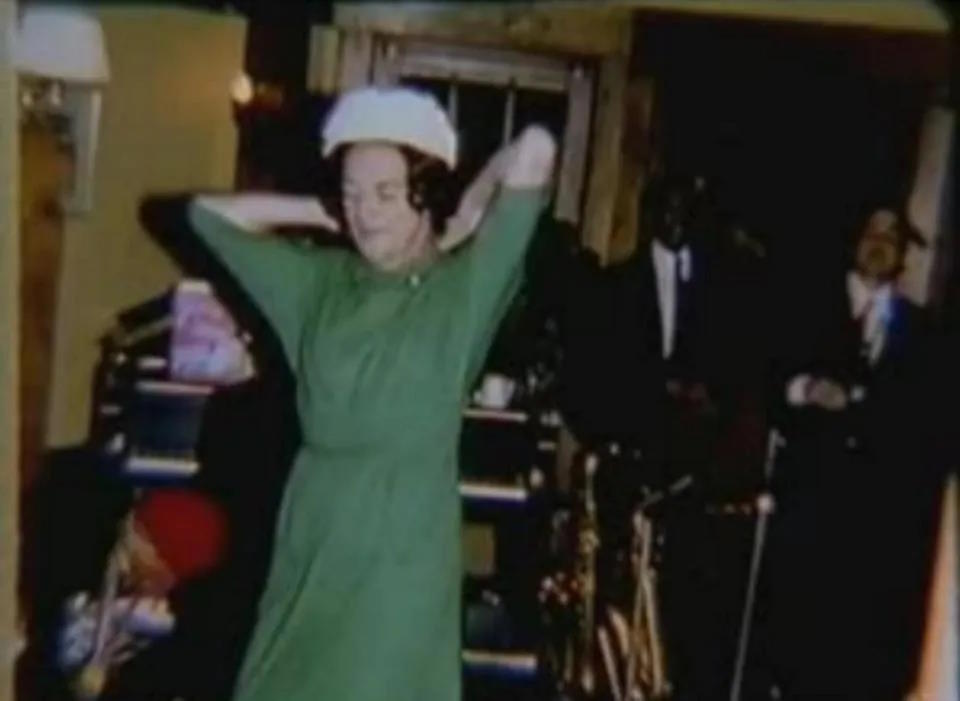
If this was the version of Feynman you had in your head, it would seem like he’s an absolutely wonderful choice for a scientific hero. Add in his fondness for music, for travel, for foreign language, and his quotable, witty, humorous, and often-jovial nature, and you might be hard-pressed to find a reason not to love and laud him. It makes sense to wonder, especially if I’m someone who knows all this about him, why, as Bert just asked, it appears “…that you have a somewhat ambivalent relationship with R. Feynman. Is there a deeper reason for this?”
The problem is that these aren’t the only aspects of Feynman that I’m aware of. I’ve also:
- read all of his autobiography, Surely you’re joking, Mr. Feynman,
- spoken with people who were actually in the Caltech classes that he taught and lectured at,
- and listened to the words that he spoke and/or wrote at various points throughout his life,
and I hate to break it to you, but Feynman is just not someone that I think any of us should aspire to be like in an across-the-board fashion. For starters, you can go back to his speech on cargo cult science and find that in the very next part of his speech — right after the part I quoted about just needing to be honest in a conventional way — he immediately notes that integrity of this type only applies to a scientist when they’re doing or discussing science.
“I’m not trying to tell you what to do about cheating on your wife, or fooling your girlfriend, or something like that, when you’re not trying to be a scientist, but just trying to be an ordinary human being. We’ll leave those problems up to you and your rabbi.”
To me, this is something that’s not to be dismissed, but the tip of the iceberg about something that’s wholly loathsome about Feynman as a human being: his disdain and disrespect for practically everyone else in the world besides himself.
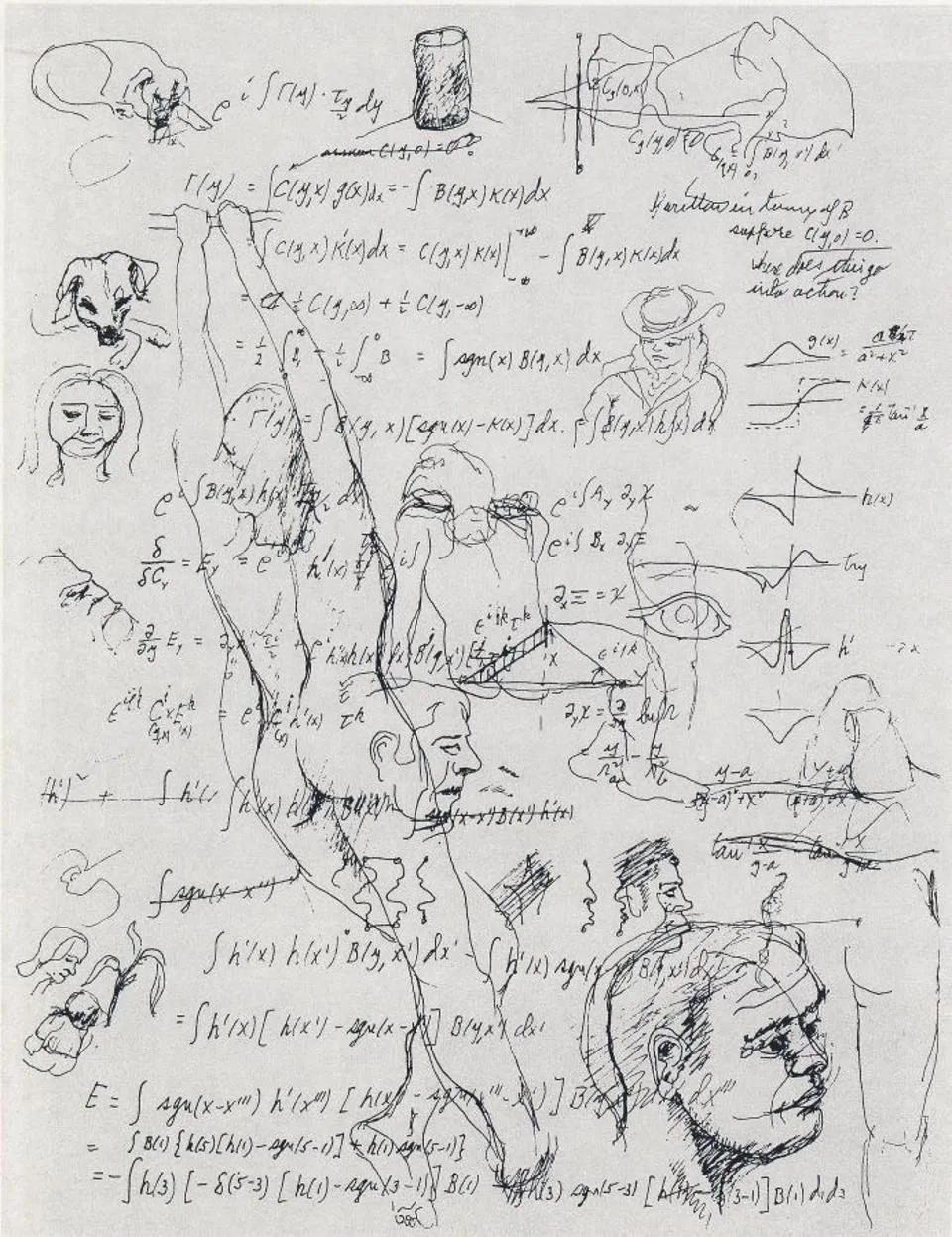
Feynman had a long history, beginning after the death of his first wife and continuing for decades thereafter, of treating others, especially those who he deemed “beneath him” (which was almost everyone) and especially women in general, extremely poorly. He was very unpopular at Cornell among the students and faculty there for:
- sleeping with his undergrads,
- harassing the women undergraduates,
- making passes (sometimes successfully) at the wives and family members of other faculty and staff members,
- and for making practically non-stop crude and sexist jokes in class.
This behavior was not something that stopped when he left Cornell, but continued and even intensified in many ways during his time in Brazil and, later, at Caltech. When you couple sexual harassment with a power imbalance — and when you’re a legendary professor with a Nobel Prize, you have a lot of power and prestige at a University like Caltech — it’s a recipe for creating a hostile workplace where sexism runs rampant. These exploits are not just accusations made by third-parties years after his death, but are represented well by Feynman’s own boastful exploits, which he proudly recounts in his autobiography.
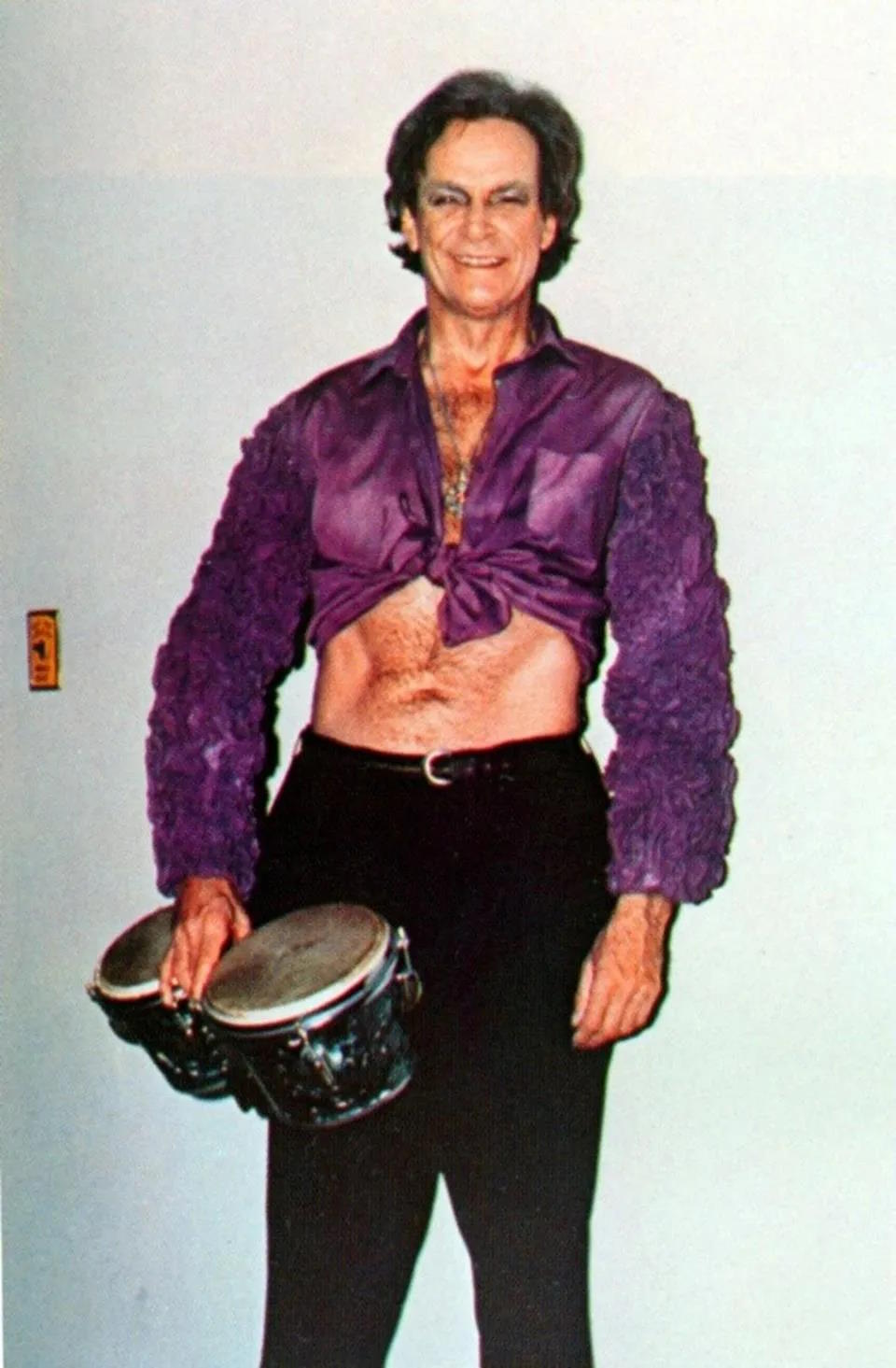
I’m not saying this to pass judgment on infidelity, casual relationships, womanizing in general, or even on workplace romance; all of those things can be done ethically, properly, and with the consent of all parties involved. Feynman’s sexism was so extreme that it triggered protests in California numerous times, and he felt no qualms about detailing his pick-up-artist moves in his autobiography, notably referring to his potential lovers as “bitches” when considering them. He buys a woman a sandwich in one of his stories, then tells her, “You are worse than a whore,” then proceeds to sleep with her. He proudly recounts stories of him solving equations at a topless bar; he details tawdry stories about lording his physics knowledge over Las Vegas showgirls and prostitutes. Never, not even once, does he offer a story of where a woman said “no” to his advances, or where her opinion was valued, respected, or even considered at all by him.
His sexism was so legendary that when he supported a woman physics professor at Caltech over employment unfairness issues, everyone on the faculty was surprised; they not only all anticipated the opposite, but they expected him to be a champion in favor of institutional sexism!
Of the 30 PhD students that Feynman advised, all 30 of them were male (yes, including Laurie Brown and Elisha Huggins), and his classroom — replete with sexist jokes and references to women being inferior to men — was an especially unfriendly place for women. As someone who was an undergraduate in the 1990s and a grad student in the 2000s, his attitudes toward women were unfortunately part of the standard physics culture of the day, even a decade or more after his death. Even in the #MeToo era, hero-worship and even deification of Feynman among physicists and physics students persists, and that further hinders progress toward gender equality in the one field of science that arguably has less gender parity than any other.
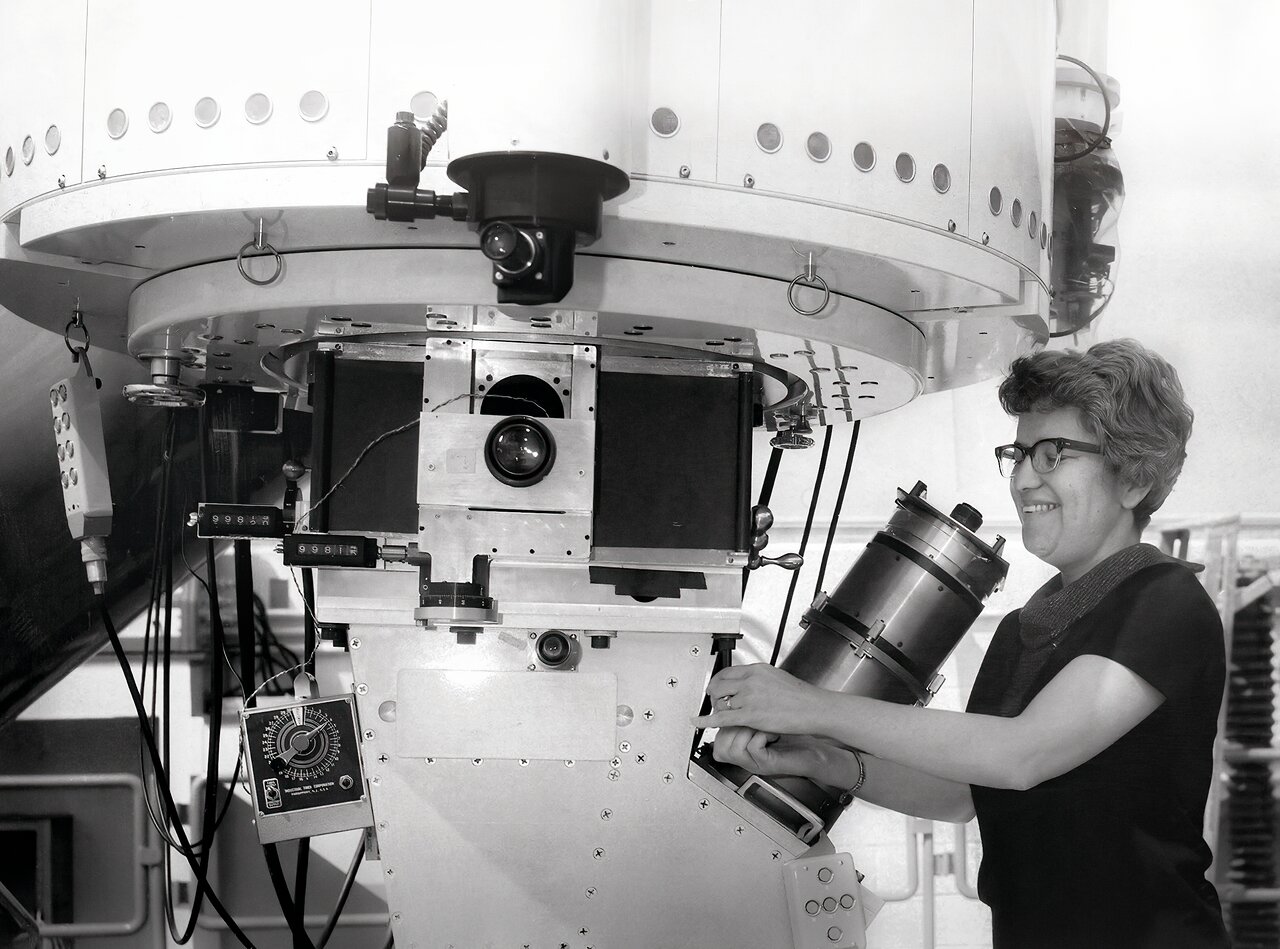
In addition to this, Feynman was often very cruel to his students. Many recall how he didn’t care whether they understood his lectures or not, or whether his lectures were level-appropriate for those actually enrolled in his class. Former students recall being cursed at when pointing out a forgotten factor of 2π in his equations, frequently noting that Feynman had little time for their questions or to help them solve problems, and stating outright that Feynman’s lectures were there for his own edification, not for the benefit of the students listening to them. The laborious task of grading and assessment was often outsourced to his graduate students, making getting feedback from Feynman himself impossible. Many such former students remain trepidatious about sharing these anecdotes, even in recent years, over concerns that they’d be perceived as slandering someone who endures as a hero to so many.
If it were up to me — and I very much realize that it isn’t — human beings wouldn’t look to “great men of physics” from the past as heroes to emulate; the overwhelming majority of them were hugely flawed individuals with insufficient concern for how their toxic actions frequently impacted others. Sexism, misogyny, anger issues, harassing behavior, and much more are extremely common even among modern physicists, and Feynman was one of the worst perpetrators on all of these fronts according to a great many who knew him. We can rightfully laud him for his great accomplishments while still being critical of his unacceptable behaviors, and I would argue we have an obligation to share the full truth about Feynman, both the physicist and the human being, with subsequent generations of scientists and science-literate citizens. It may not be what he or his descendants, both academic and familial, would have wanted, but it’s what 21st century honesty and ethics demands of us, especially if the end goal includes a non-toxic work culture for aspiring physicists of all genders.
Send in your Ask Ethan questions to startswithabang at gmail dot com.
